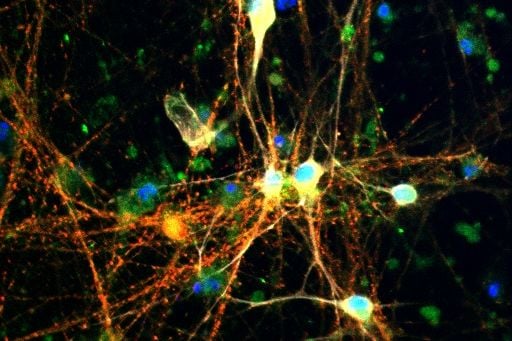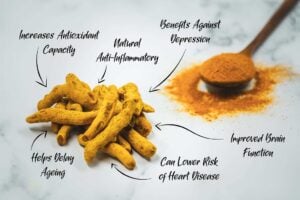A new discovery from the Buck Institute reveals that neurons process sugar in a surprising way—and unlocking this “brain sugar” pathway could lead to powerful new treatments for Alzheimer’s and other forms of dementia.
Neurons and Sugar: A Hidden Metabolic Secret
For decades, scientists believed that neurons don’t store or use much glycogen, the stored form of glucose. But a new study published in Nature Metabolism by researchers at the Buck Institute for Research on Aging has flipped that assumption on its head.
The team found that in both fruit flies and human brain models, neurons do store glycogen—and in Alzheimer’s disease, they store too much. This excess glycogen binds to tau, the toxic protein that forms tangles in the brains of Alzheimer’s patients. When tau traps glycogen, it prevents the sugar from being broken down, which blocks a critical defense mechanism against oxidative stress.
The Enzyme That Could Save the Brain
The researchers identified a key enzyme called glycogen phosphorylase (GlyP) that helps neurons break down glycogen. When GlyP is active, neurons don’t just burn sugar for energy—they reroute it into the pentose phosphate pathway (PPP), a metabolic route that produces NADPH and glutathione, two powerful antioxidants that protect brain cells from damage.
By boosting GlyP activity, the team was able to reduce tau-related damage and extend lifespan in fruit fly models of Alzheimer’s. In human stem cell-derived neurons, the same intervention helped detoxify harmful molecules and restore cellular health.
Dietary Restriction and GLP-1 Drugs: A New Link
Here’s where it gets even more exciting: the study found that dietary restriction naturally increases GlyP activity, suggesting that fasting or calorie-restricted diets may help protect the brain by enhancing this sugar-clearing pathway.
Even more compelling, the findings may explain why GLP-1 receptor agonists—a class of weight-loss and diabetes drugs like semaglutide (Ozempic, Wegovy)—are showing promise in Alzheimer’s trials. These drugs may indirectly support the same sugar-processing pathway that GlyP activates.
What This Means for Alzheimer’s Prevention
This research reframes how we think about sugar in the brain. Rather than being just a fuel source, “brain sugar” may be a double-edged sword—helpful when processed correctly, but harmful when trapped by tau.
By targeting the enzymes and pathways that manage sugar metabolism in neurons, scientists may be able to develop new therapies that slow or prevent neurodegeneration. And lifestyle interventions like dietary restriction or metabolic drugs could become part of a broader strategy to protect the aging brain.











